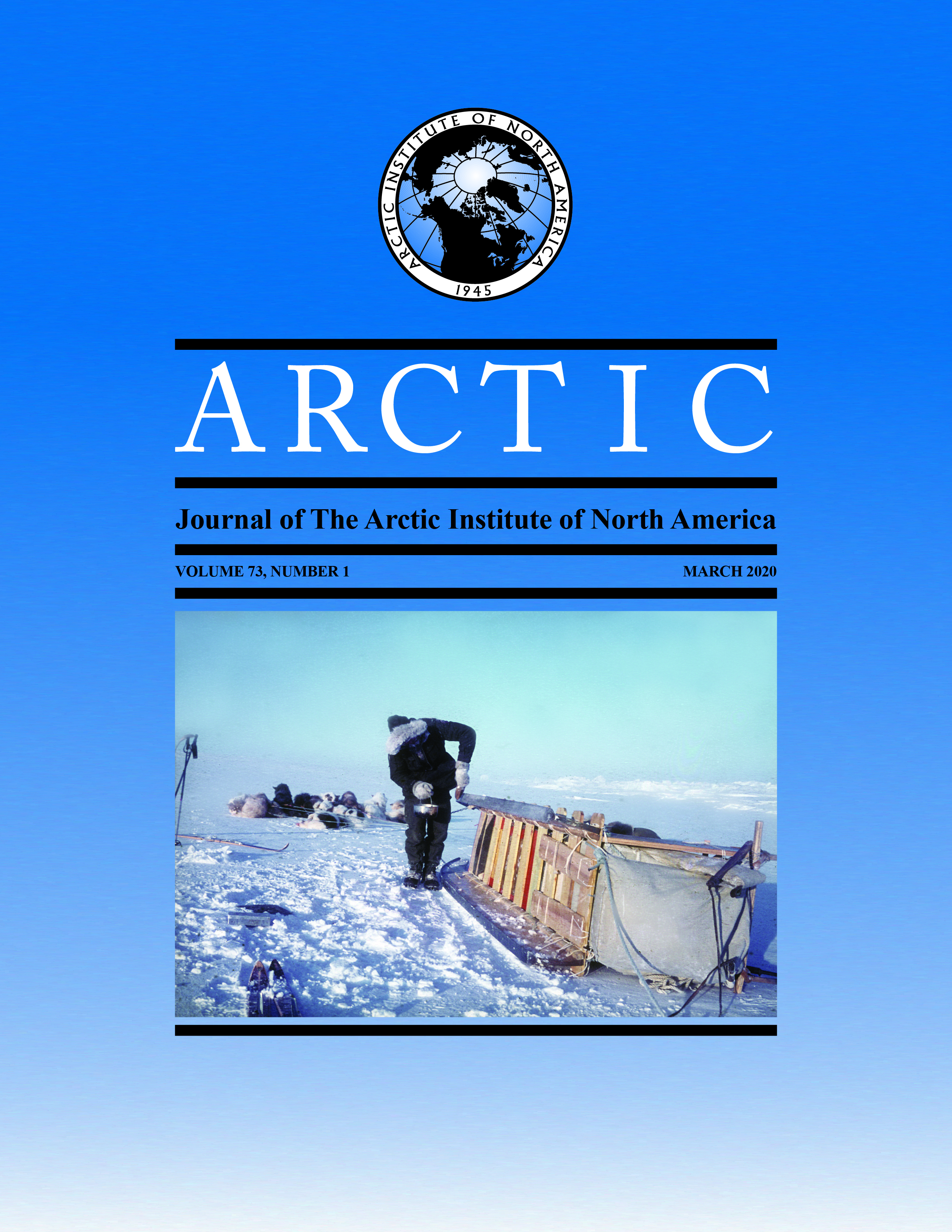What is Effective Research Communication? Towards Cooperative Inquiry with Nunavut Communities
DOI:
https://doi.org/10.14430/arctic70000Keywords:
research; communication; Inuit; marine birds; youth; Internet; NunavutAbstract
Communication is recognized as the foundation of developing partnerships in science. In this study, we assess the effectiveness of several communication processes, practices, and tools used by wildlife researchers in northern communities in Arctic Canada. A case study was conducted in the communities of Cape Dorset and Coral Harbour (Salliq), Nunavut, Canada, to assess the effectiveness of research communication approaches carried out by the northern marine bird research group of Environment and Climate Change Canada, which has a long-standing research relationship with these two communities. Our objectives were to 1) explore local experiences with research—marine bird research in particular, 2) examine what communication approaches and tools Nunavummiut viewed as most effective for learning about research activities and feeling engaged in the process, and 3) identify new and emerging communication needs in Nunavut communities to support more effective research partnerships. Our findings indicate that several communication methods used by wildlife researchers, such as community meetings, have become less effective because of changing information-sharing practices at the community level. Other communication practices, such as using social media, hold much promise, but as of yet are underutilized by researchers, though of interest to northern communities. Acknowledging that every northern community is unique, with context-specific priorities, capacities, and needs, effective research partnerships should be built upon communication approaches that foster cooperative inquiry and learning. In progress towards this goal, we explore two emerging and related themes: first, access to information and communication technologies in the two communities, and second, the engagement of youth in Arctic research communication and delivery.


